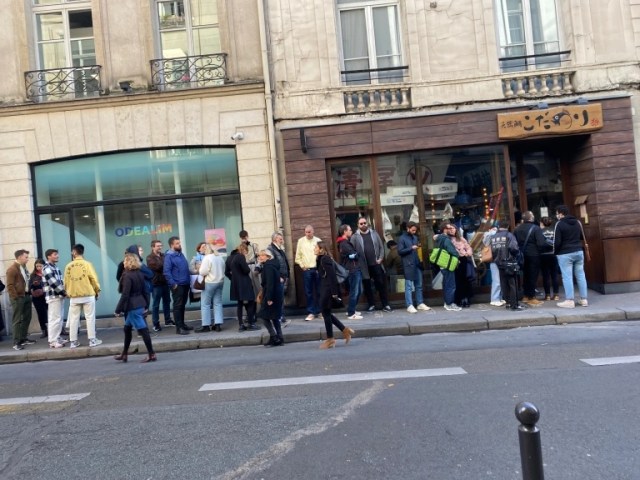
The wisdom of “Long line equals great ramen” turns out to be as true in Paris as it is in Tokyo.
A few months ago our Japanese-language reporter Ikuna Kamezawa, who spends a large chunk of the year in France, was walking down the street in Paris when she noticed a huge line stretching from the entrance to a restaurant. Even though it was already 1:30, well past the lunch rush, Ikuna couldn’t remember ever seeing a restaurant in Paris with a line this long, so naturally she wanted to see what they were serving.
To her surprise, it was a Japanese restaurant called Kodawari Ramen Tsukiji. Kodawari is a Japanese word that means to be particularly detail-focused, and Tsukiji is the district of Tokyo that, for several decades, was the site of the world’s largest fish market, and it would turn out that all three parts of Kodawari Ramen Tsukiji’s name are very, very appropriate.
Eager to try their ramen for herself, Ikuna hopped into line, mentally preparing herself for a long wait before she could pass through the distant entrance. Then someone tapped her on the shoulder and informed her that she was actually in the middle of the line, because it was so long that they’d had to split it into two sections and the real end was on the other side of the street.
▼ Entrance to Kodawari Ramen Tsukiji
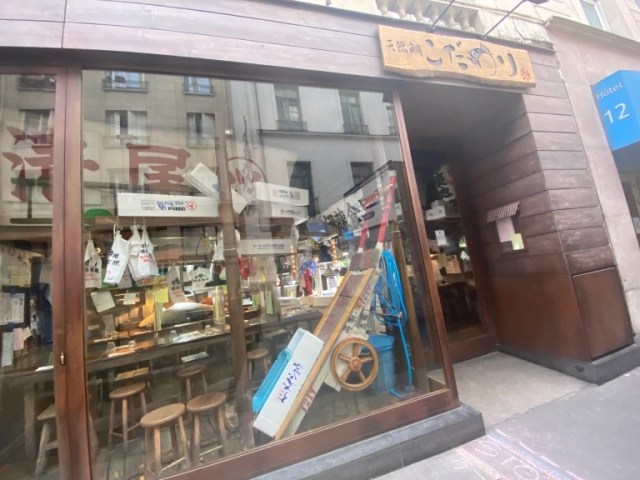
So Ikuna decided to come back for dinner, specifically an early dinner. With most Parisians having their nighttime meal between 7 and 8 p.m., Ikuna figured she could beat the crowd by showing up at 5 in the evening, and her foresight and cultural knowledge paid off when she was ushered inside after only a short wait.
That doesn’t mean Ikuna made it swiftly to her seat, though, because she was stopped in her tracks when she saw the restaurant’s interior.
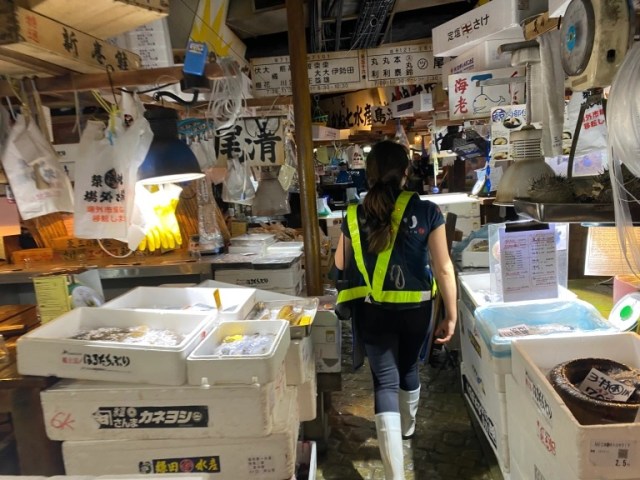
“Is…is this a ramen restaurant or a fish market?” Ikuna asked herself. It looks a lot more like the latter, with the motif drawing heavily from how the Tsukiji fish market looked in its heyday, before its primary operations were moved to their new site in Tokyo’s Toyosu district.
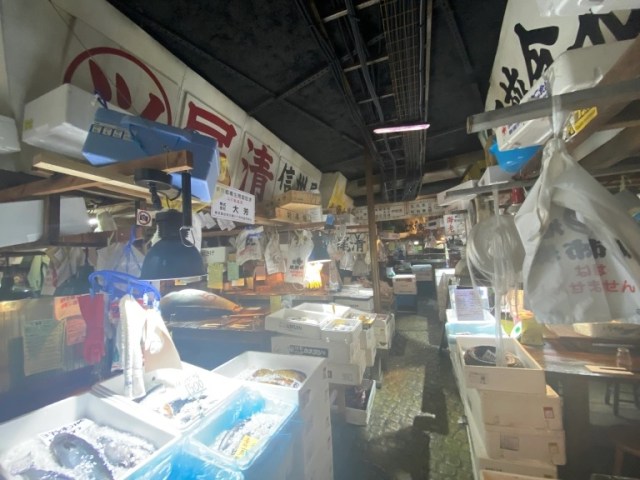
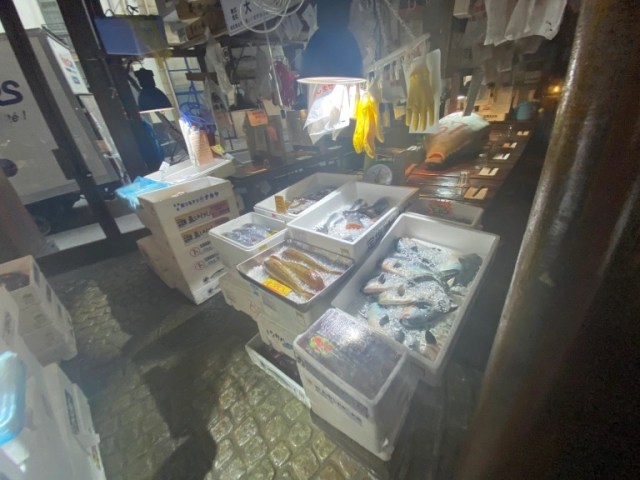
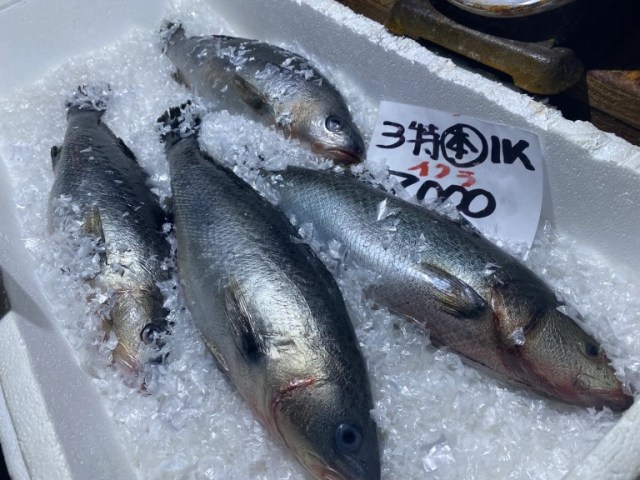
Even Ikuna’s seat had the atmosphere of a market lunch counter, where movers and shakers of the piscatory world might grab a bite to eat after a busy morning at the giant tuna auction. The restaurant’s speakers play recorded sounds of the hustle and bustle of a Japanese market, compete with regular cries of “Irrashaimase!” (“Welcome!”) and merchants hawking various kinds of fish.
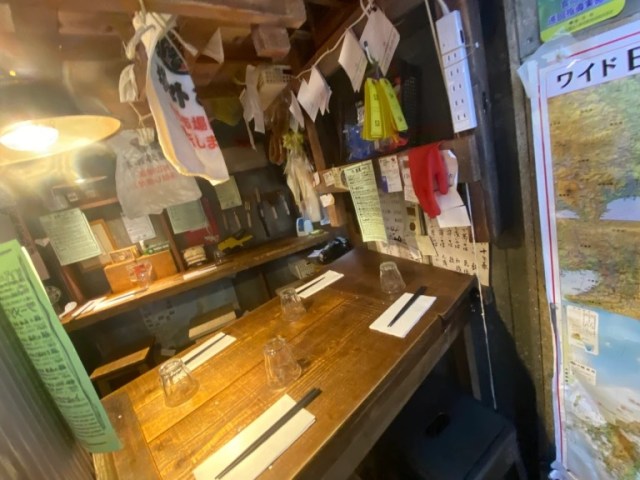
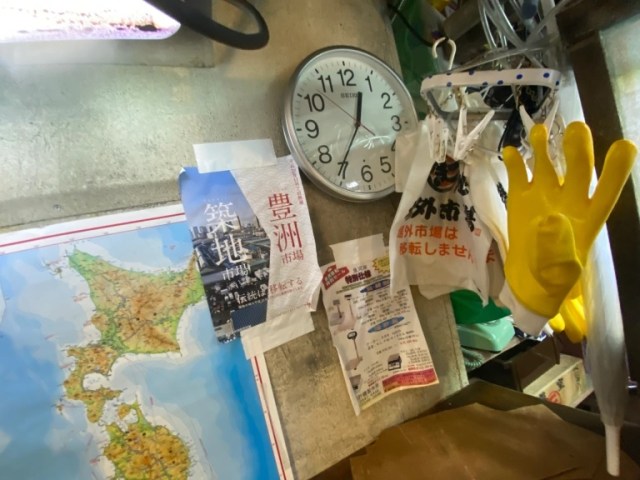

There’s plenty of Japanese signage decorating the interior, and even the menu is partially multilingual.
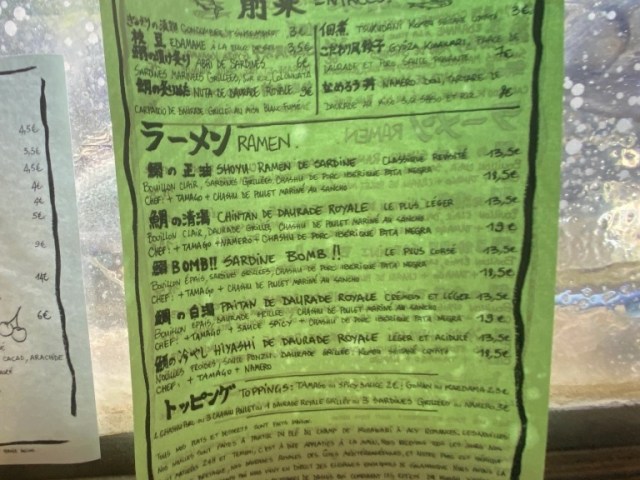
It might seem a little strange to name a ramen restaurant after a fish market, but things started to make sense once Ikuna looked over the types of noodles on offer, since the broth is seasoned with sardines or sea bream.

Ikuna opted for the Iwashi Bomb (Sardine Bomb), which comes with multiple cuts of the fish floating dynamically on the surface of the broth, with an extra dollop of miso on the rim of the bowl to stir in to taste. Following standard ramen-tasting protocol, she started with a spoonful of broth, and…
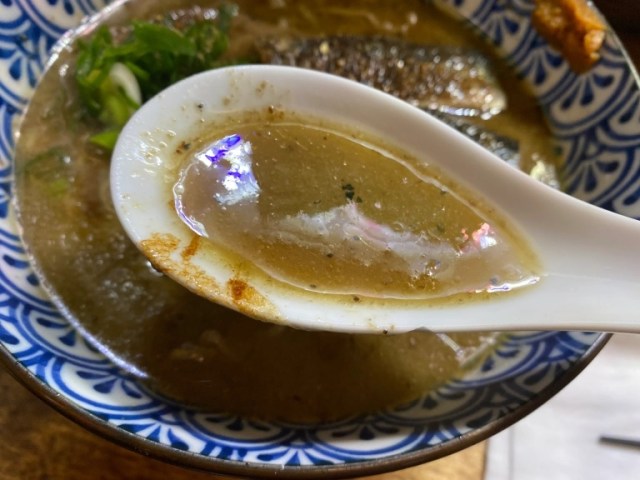
…immediately learned that Iwashi Bomb’s name is no exaggeration. “It’s like drinking a sardine” Ikuna says. If a sardine could transform into a liquid, and you poured it into a shot glass and knocked it back, it wouldn’t be any less intense in flavor than the Iwashi Bomb’s broth, and Ikuna loved it for its bold explosion of flavor.
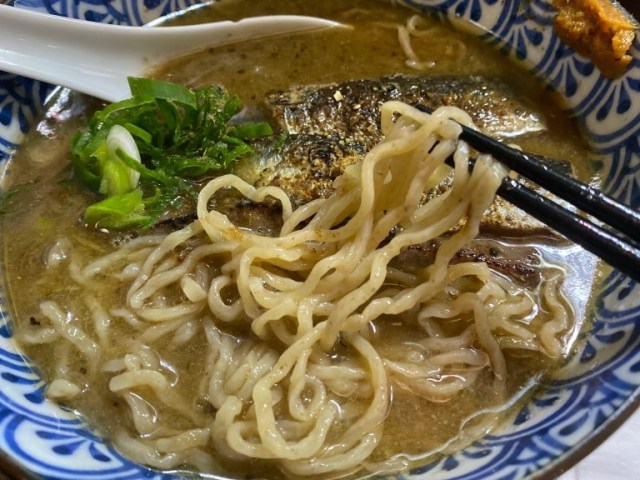
The noodles are also outstanding. Ikuna often feels that overseas ramen restaurants let their noodles get too soggy, but these have just the right amount of firmness to them, and their medium thickness lets them catch a flavorful amount of the broth.
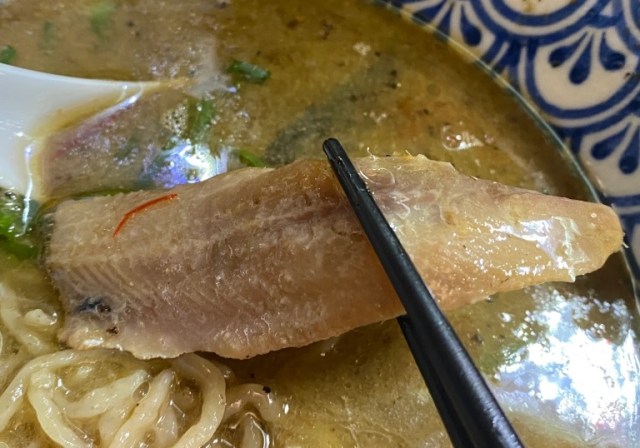
Then, of course, there’s the fish, which was beautifully seared and delicious.
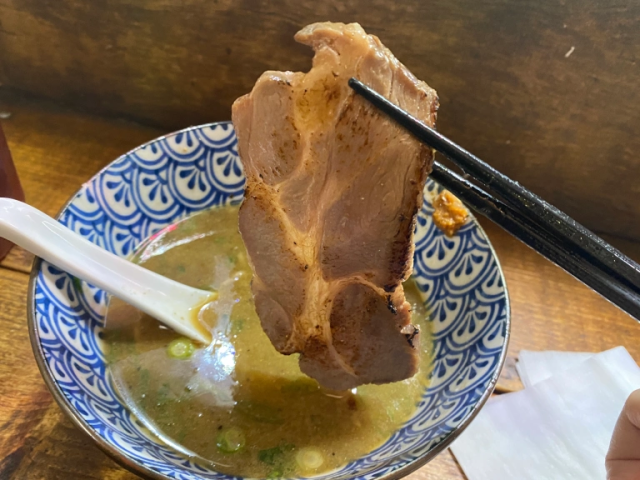
Strangely, the slice of chashu pork, which is usually the jewel in the crown of toppings at most ramen restaurants, is submerged at the bottom of the bowl with the Iwashi Bomb, like some sort of topographically reversed cherry on top.
At 13.5 Euros (1,885 yen), the Iwashi Bomb would be decidedly on the pricy side for a ramen restaurant in Japan, but the price isn’t out of line for high-quality ramen in Paris, Ikuna says. And while her wallet may have had somewhat mixed feelings, her taste buds’ happiness was unadultered.
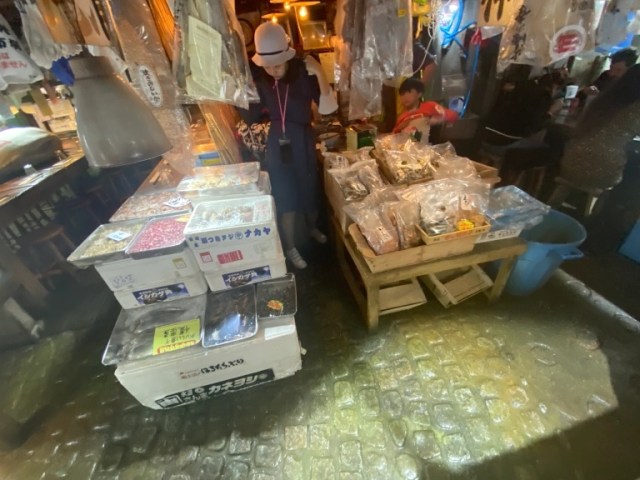
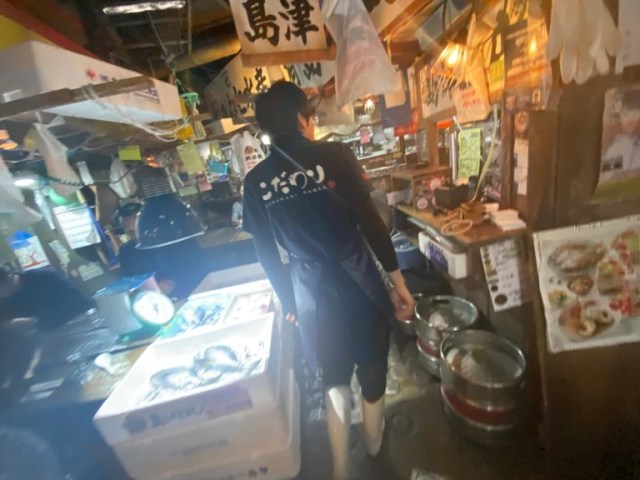
As Ikuna digested, she took another look around the restaurant, snapping a few more photos. She couldn’t get over how authentic everything in the interior looked.
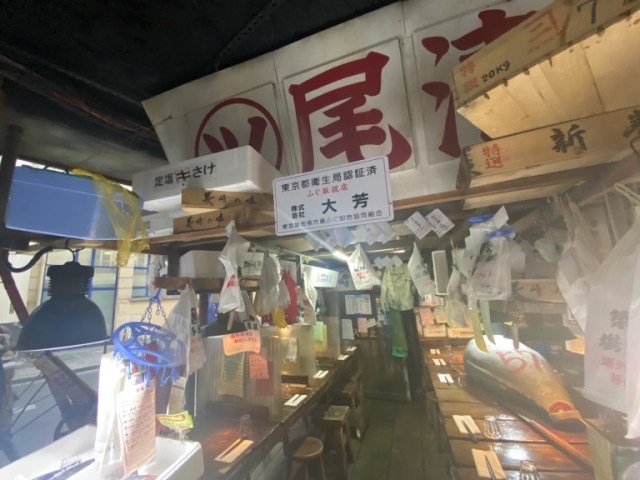

“It feels more Japanese than Japan,” Ikuna thought, since Kodawari Ramen Tsukiji, true to the kodawari part of its name, really does sweat the details.
Restaurant information
Kodawari Ramen Tsukiji
Address: 12 Rue de Richelieu, 75001 Paris
Photos ©SoraNews24
● Want to hear about SoraNews24’s latest articles as soon as they’re published? Follow us on Facebook and Twitter!

No hay comentarios:
Publicar un comentario